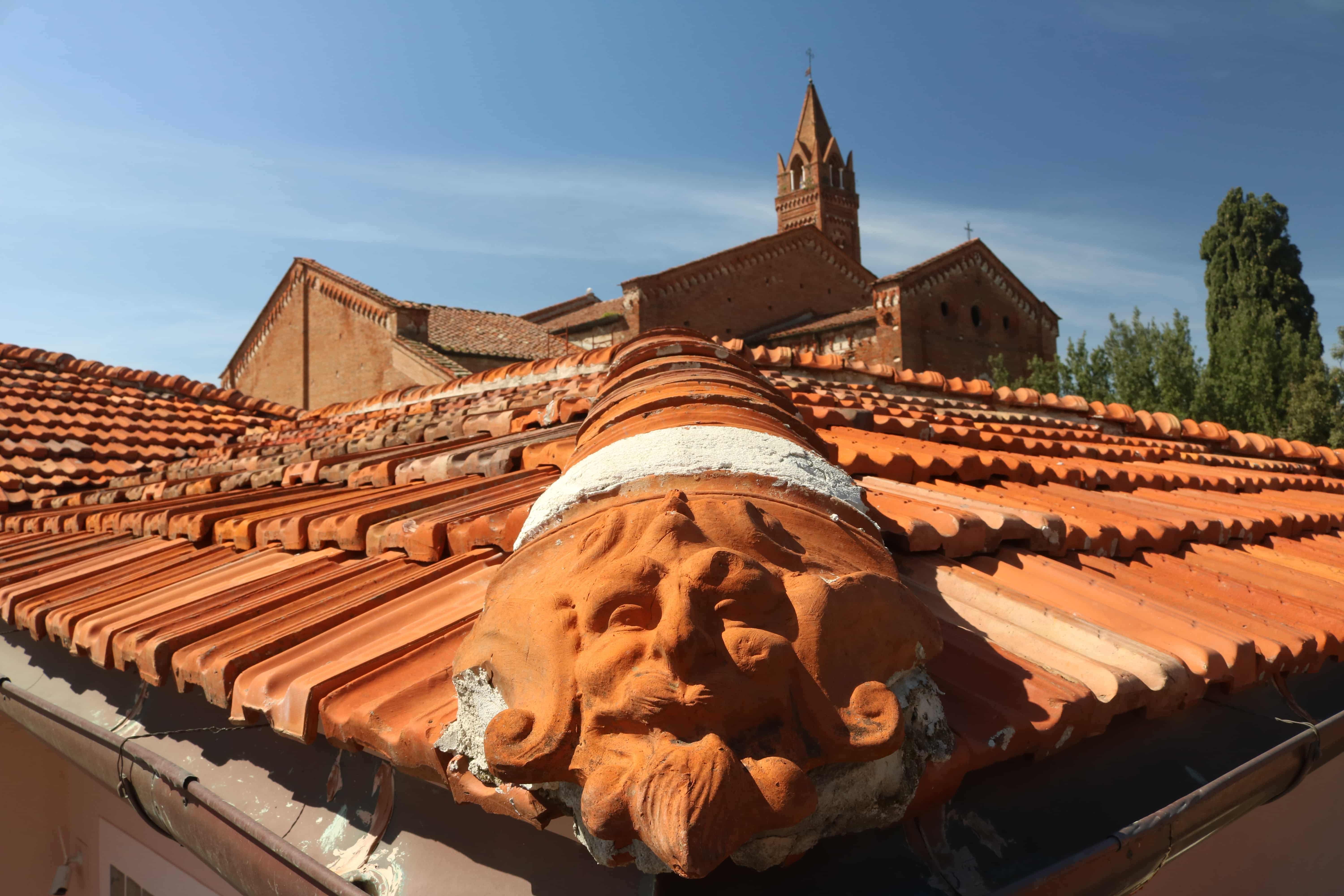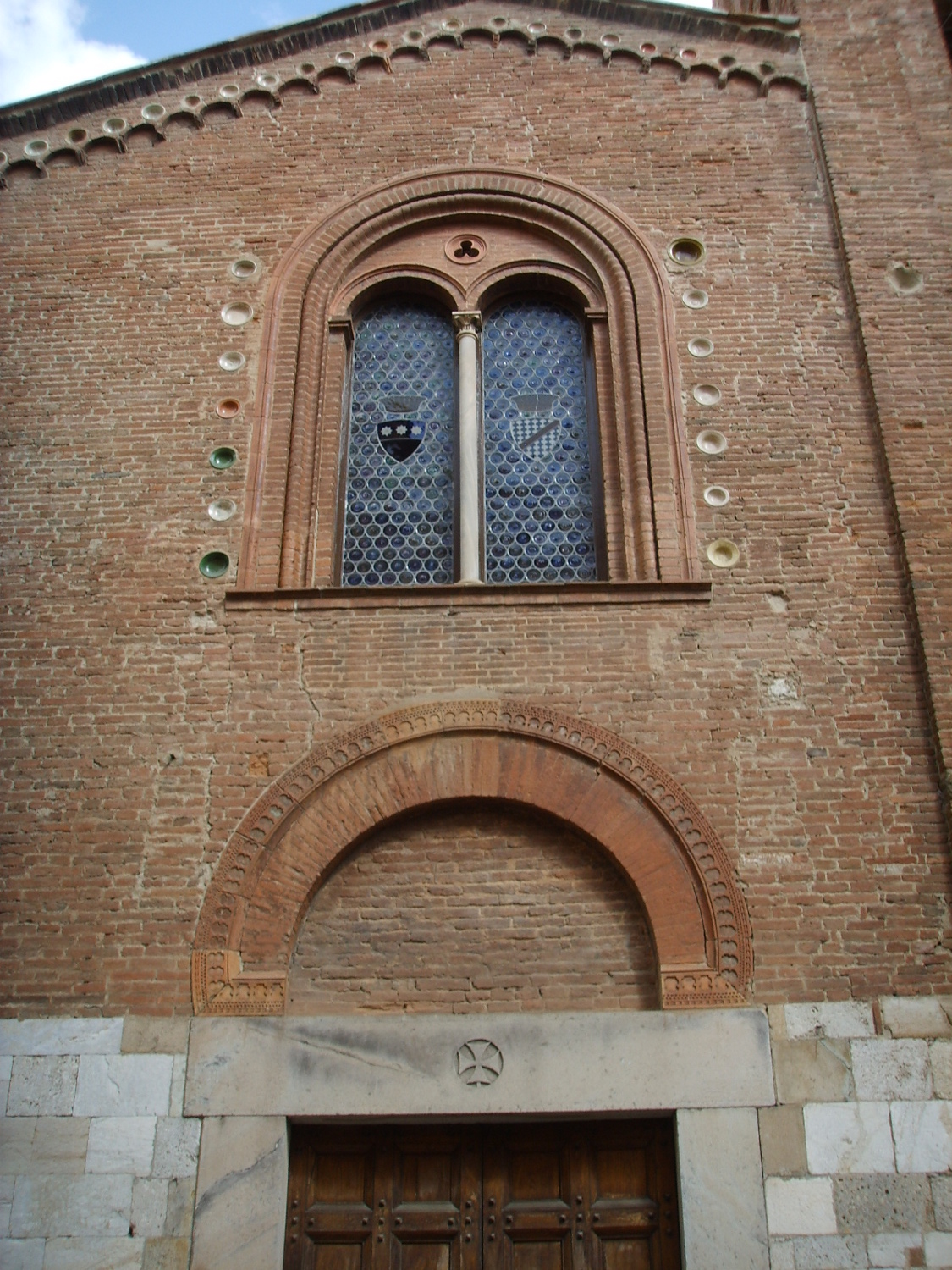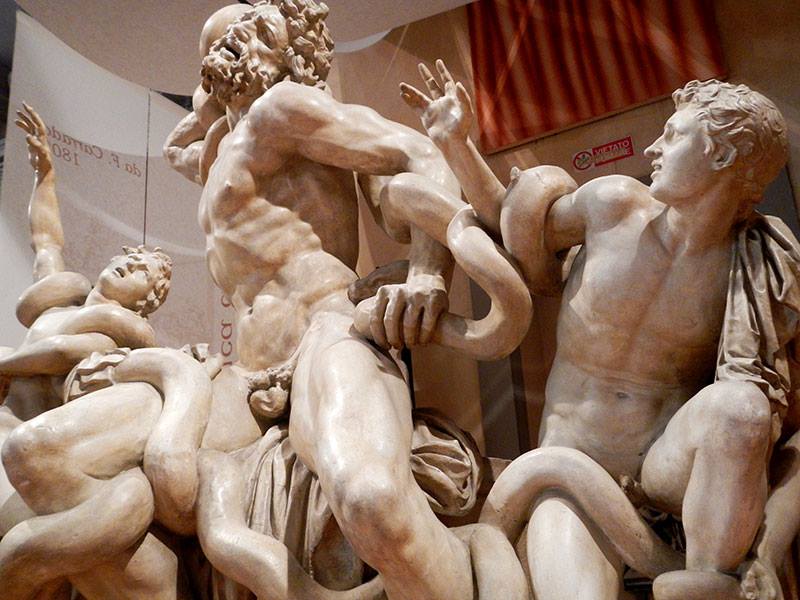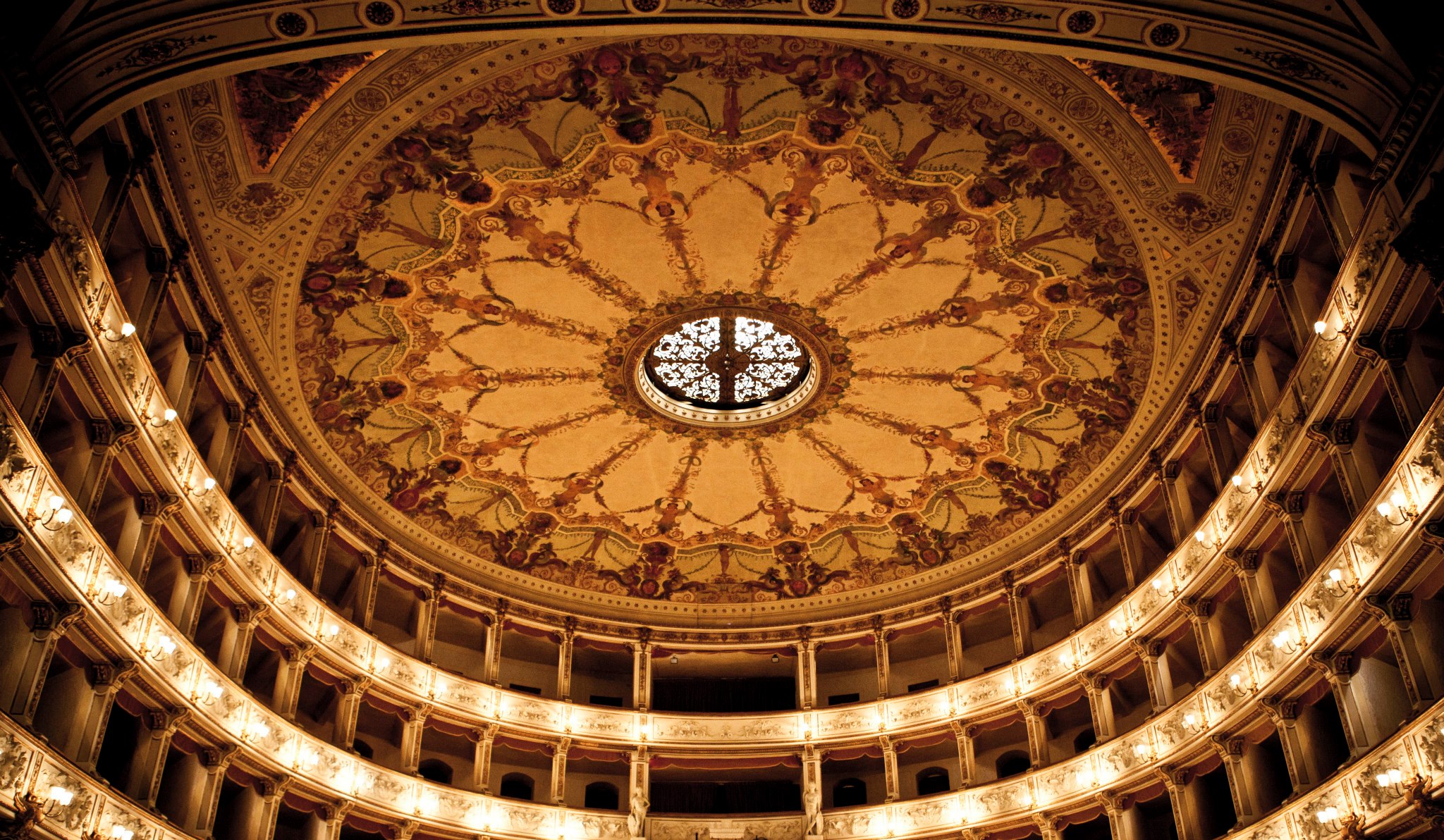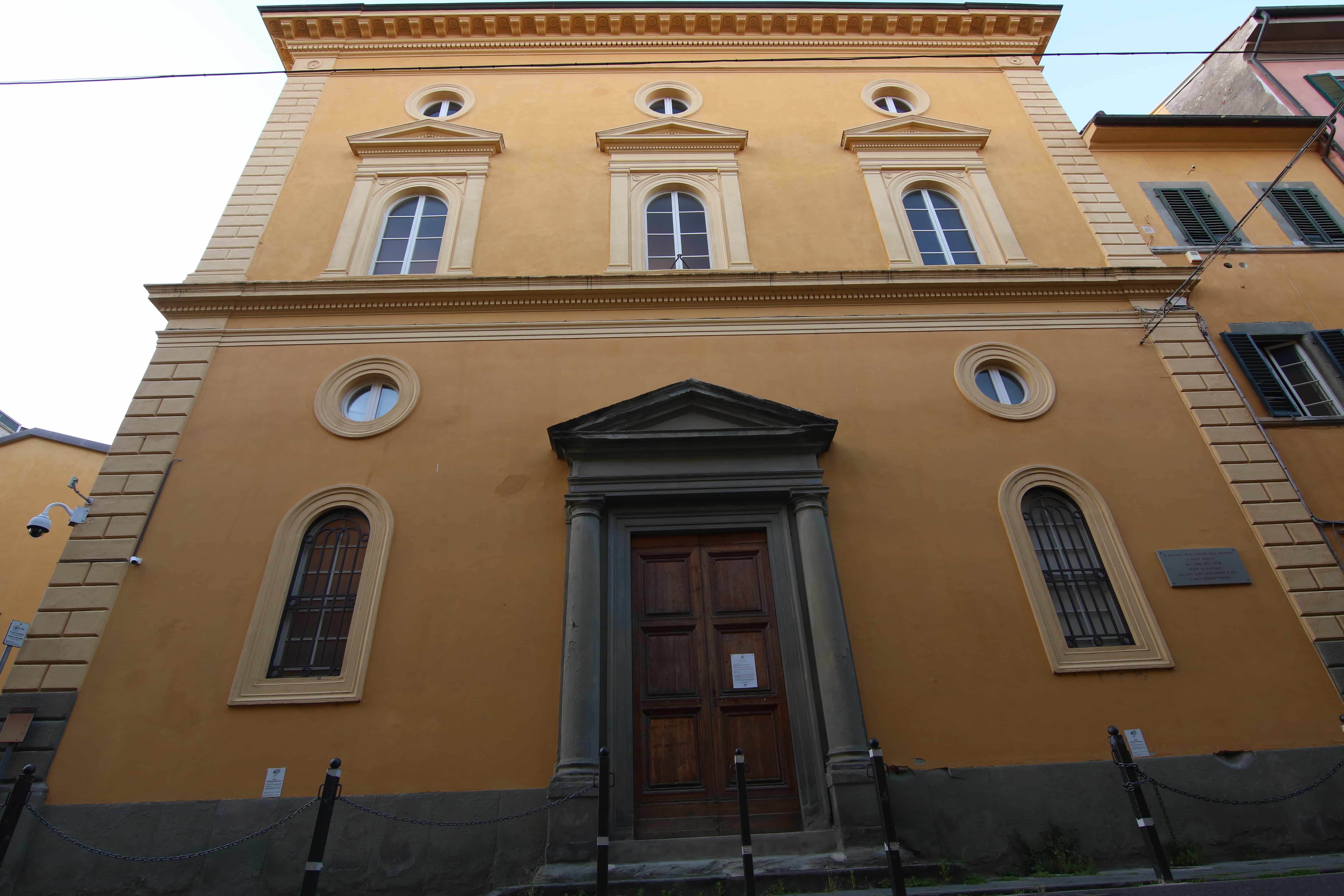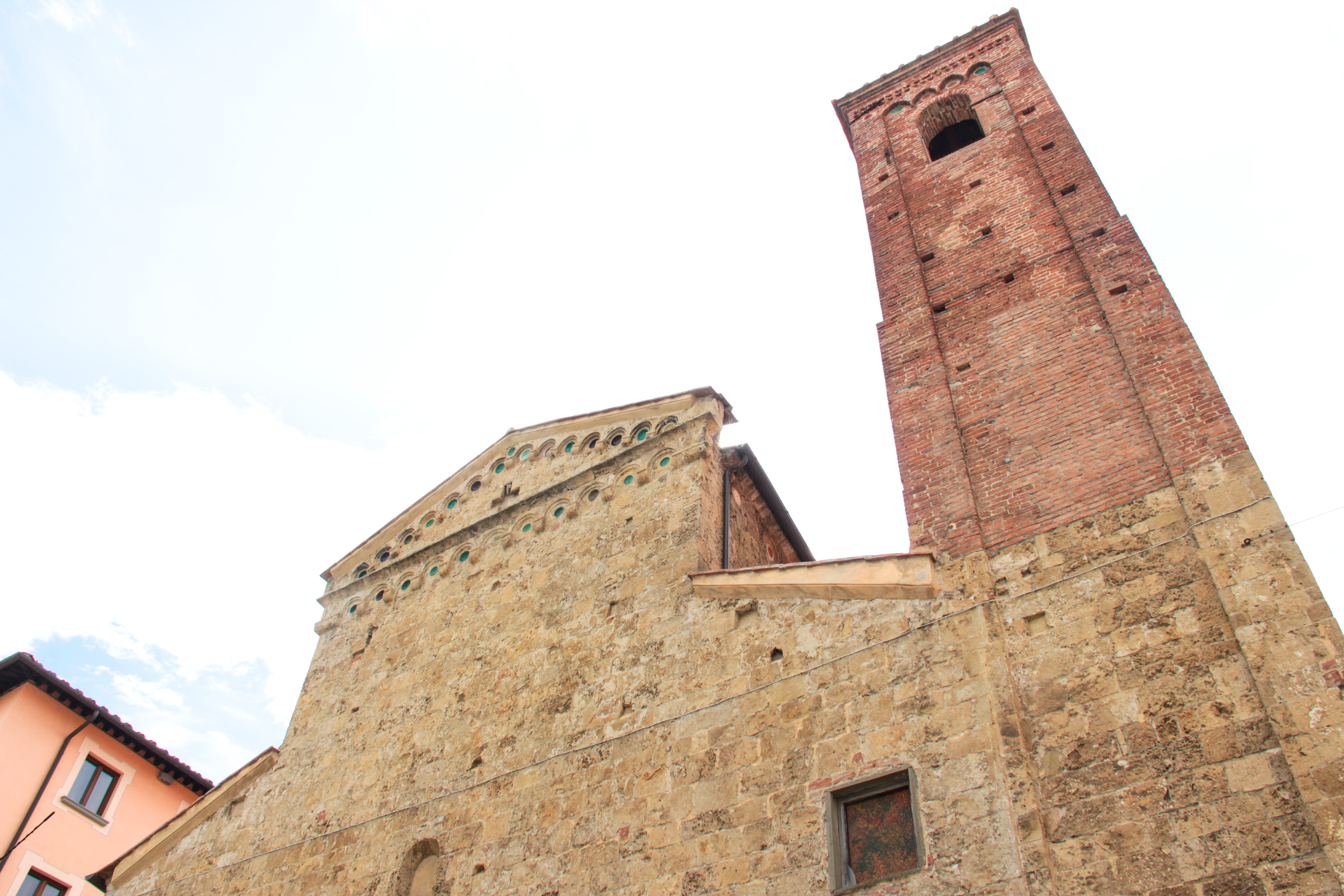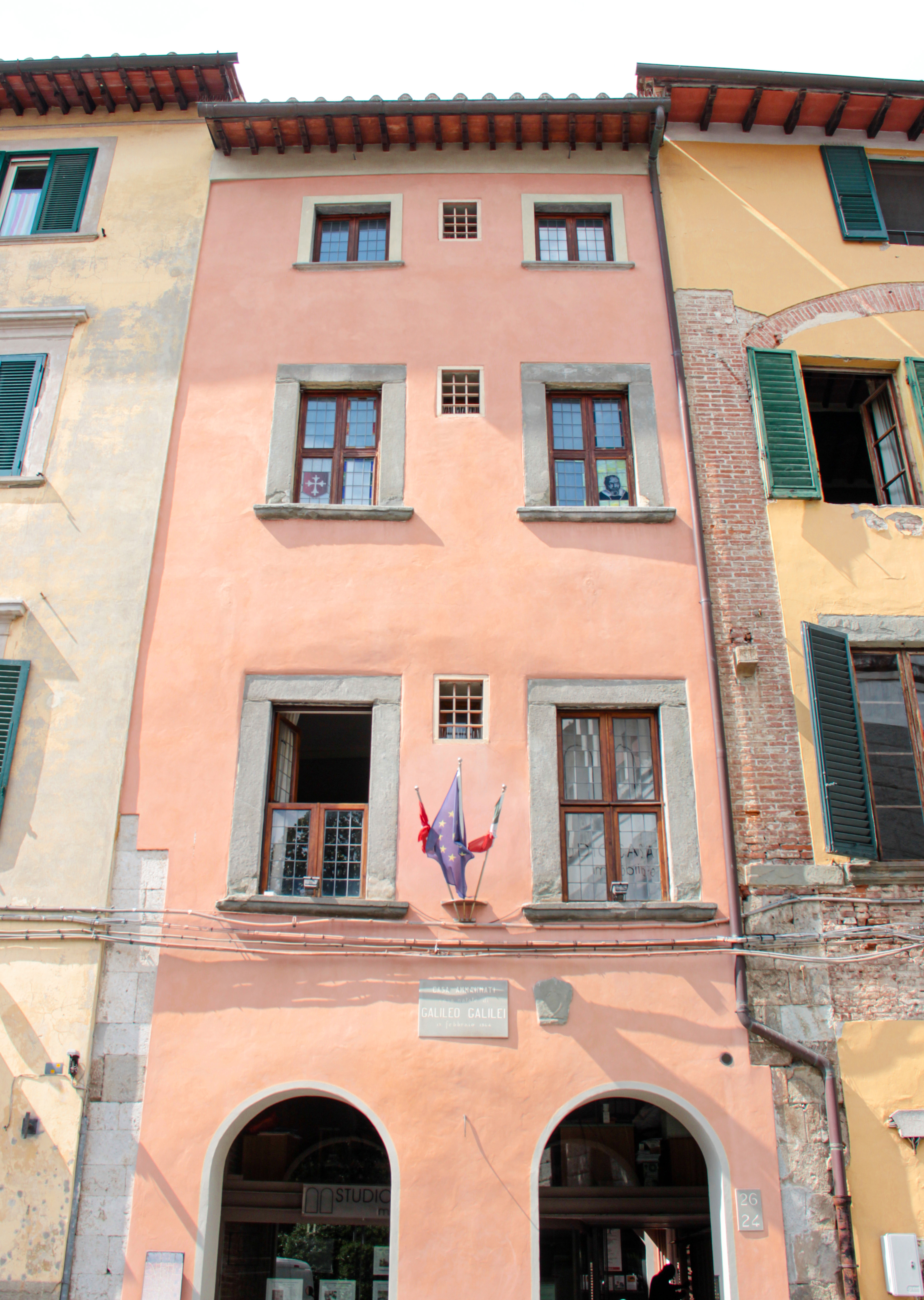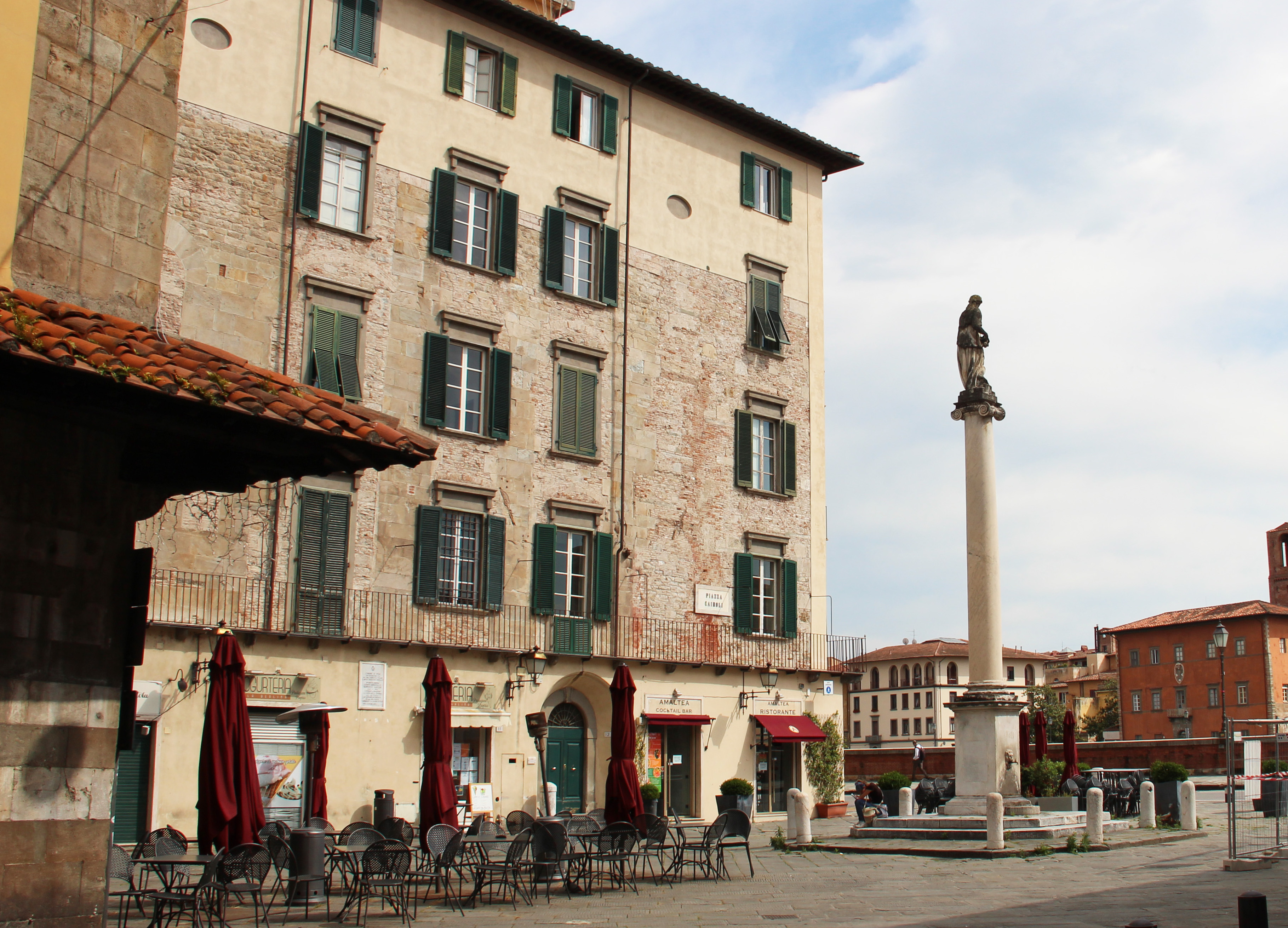La Limonaia
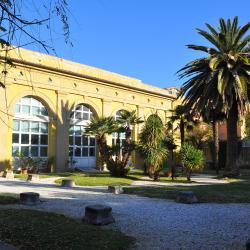
The Limonaia behind palazzo Ruschi is a typical example of a construction built as part of a large garden “all’italiana”, designed in the 19th century Neoclassical style.
The garden of the palazzo is recorded in a survey by Pietro Cancelli at the end of the 18th century, which shows, at the bottom of the Ruschi garden, a “shed for pots”, perhaps the early nucleus of the Limonaia, documented as built in the first half of the 19th century. It is plainly visible in Pietro Bellini’s map of 1854; the map shows that the area of the garden near the palazzo is laid out to a classical plan, while the remaining part is in a more modern style, similar to the informal “English” garden - a style that disagrees with the facade of the Limonaia.
For a century the building was used for growing lemon trees and, in cold weather, to protect other garden plants.
During the 20th century, the Limonaia fell into disuse and, abandoned, became a storeroom until it was taken over as a restaurant. In 1990 it was bought by the American firm Helwett-Packard to be used as headquarters for its scientific research. On this occasion, to make it suitable for its new role, the building and part of the garden were completely renovated, returning to their previous splendour. However, Helwett-Packard disposed of the building a few years later and the Limonaia is now the property of Pisa Provincial Administration and is used for exhibitions, conventions and cultural events in general. It is also the headquarters of an association of the same name that has the aim of spreading scientific and technological culture.

